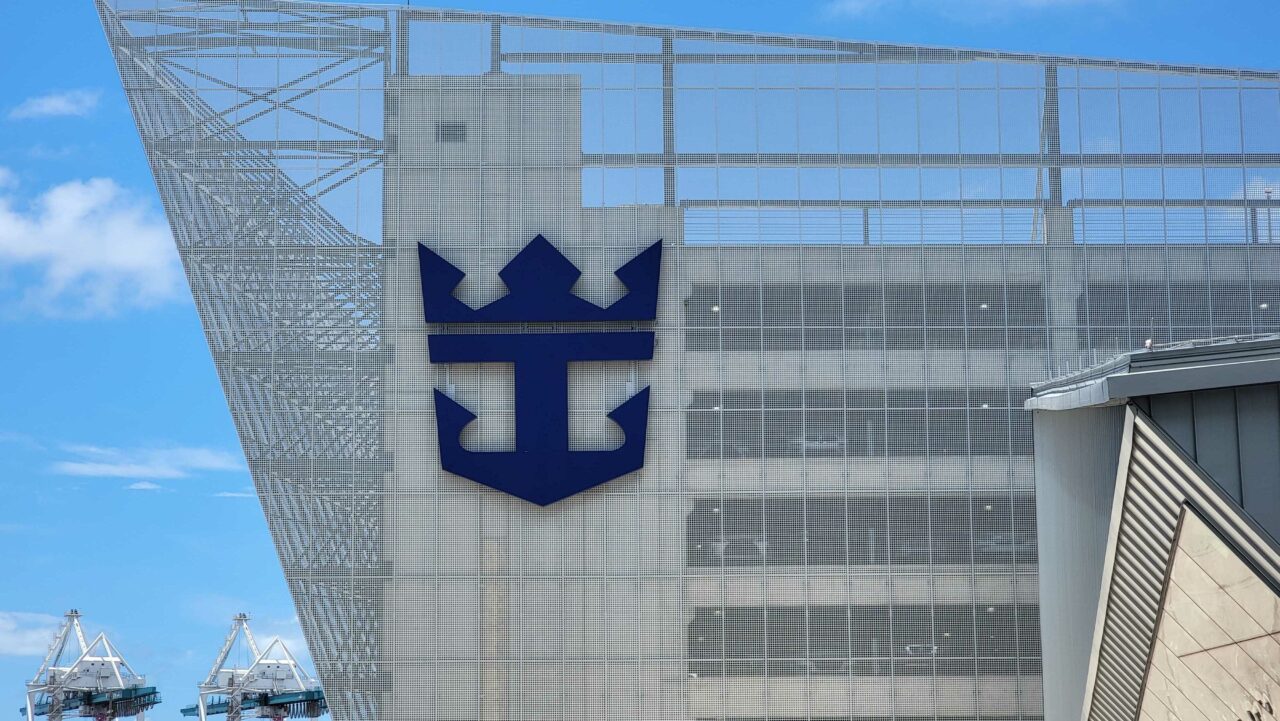
In one of the biggest deals ever for “the cruise capital of the world,” Miami-Dade Commissioners have approved a development and lease agreement with Royal Caribbean Cruises that over half a century will net the county an estimated $2.8 billion.
Commissioners approved the deal, sponsored by Rebeca Sosa, without discussion Tuesday. The arrangement includes construction of a new Terminal G for exclusive use by Royal Caribbean and its subsidiary companies, including Celebrity Cruises, and its lease there for 36 years.
It also involves the continued redevelopment of Royal Caribbean’s global headquarters at the seaport that began before the pandemic and an extension to its lease there through at least 2072.
The terminal lease includes three seven-year renewal options, while the headquarters lease has two five-year renewal options, a memo from Miami-Dade Chief Operations Officer Jimmy Morales said.
The deal also provides for Royal Caribbean’s shared use of another terminal at the port set for completion in October 2028 called Berth 10. Its partner there is MSC Cruises.
The new agreement, which replaces one between the county and cruise company set to expire in 2033, is expected to generate an additional $2.5 billion from Terminal G usage and $260 million from the headquarters lease.
It will also create 12,000 permanent, cruise-related jobs, including roughly 1,000 additional positions with Royal Caribbean — a 50% increase over its current staff count there, the memo said.
Royal Caribbean said the jobs will pay average salaries of more than $100,000. The company also anticipates needing 9,634 construction jobs for the project.
While talks around the new Terminal G deal began around a year ago in anticipation of massive Royal Caribbean ships now being built, the headquarters redevelopment portion updates an earlier arrangement between the company and county.
By May 2020, Royal Caribbean had already spent $70 million to upgrade its PortMiami headquarters before halting construction to mitigate financial shortfalls during the pandemic.
In January, the company successfully sought an extension to the project deadline from Miami-Dade. The new deal Commissioners approved Tuesday amends Royal Caribbean’s existing development and lease agreements while transferring the burden of the remaining upfront costs to the county.
Under the new arrangement, Miami-Dade will finance completion of Royal Caribbean’s headquarters and Terminal G’s construction. Royal Caribbean, in turn, has agreed to a minimum annual guarantee (MAG) ranging from 600,000 annual passenger movements during the reconstruction of Terminal G to 1.5 million yearly passenger movements once it reaches “substantial completion,” estimated to be in 2027.
From Year 11 of the deal to Year 36, Royal Caribbean has committed to a MAG of 2.1 million annual passenger movements. That rate — which will go unchanged unless renegotiated — plus the company’s 1.55 million annual passenger movements at PortMiami’s Terminal A will result in a 22% increase in total yearly passenger movements over the port’s record in pre-pandemic 2019.
Royal Caribbean agreed to repay Miami-Dade the cost of finishing development of its headquarters through increased rent and pay the county back up to 53% — $172.5 million — of Terminal G redevelopment costs. That doesn’t include another $2 million the company agreed to pay for U.S. Customs and Border Protection security equipment needed at Terminal G, plus an estimated $77,000 yearly for upgrades.
As is the case with its current arrangement with the cruise line, Miami-Dade will continue to provide Royal Caribbean with parking revenues. They’ll start at about $1.4 million yearly at the beginning of the deal and end at $4.9 million. An annual marketing incentive starting at $2.9 million will rise to $6.4 million yearly.
For the first five years of the deal, Royal Caribbean has agreed the proposed arrangement with PortMiami will be the largest revenue deal it has with any port in the Caribbean Basin.
The company also agreed to use shore power — hooking up to the port’s electricity rather than using fuel while idling at port — and reimburse the county for all related expenses.
The second-largest cruise operator worldwide, with a 24% market share and a fleet of 64 ships and counting, Royal Caribbean has homeported in Miami-Dade for more than 50 years. Over that time, it has expanded its cruise presence to become one of the county’s top 15 employers, according to Morales.
“The cruise terminal usage agreement will represent (Royal Caribbean’s) largest annual minimum passenger commitment between any cruise line and any port worldwide,” he wrote. During the term of the deal, he added, Royal Caribbean’s total annual passenger guarantees “will reach a level that surpasses any other cruise line’s … at PortMiami by 62%.”
Shortly after the pandemic struck in March 2020, PortMiami scrambled to redraw agreements with several of its cruise partners worth billions. It included throwing the companies a monumental lifeline — an up to $285.5 million bailout in which the port agreed to waive roughly $7 million per month in otherwise guaranteed cruise revenues for up to two years or until full sailings recommenced.
That has since happened, Morales said, and the consensus among industry experts is that passenger numbers will surpass pre-pandemic levels by the end of next year.
In an earnings call Nov. 3, Royal Caribbean reported its vessel occupancy for the Caribbean Basin is now full.
“(In) 2019, PortMiami’s record-breaking year, PortMiami welcomed approximately 6.8 million passengers,” Morales wrote. “Upon approval of (Royal Caribbean’s terminal use agreement), by 2031, PortMiami’s partner cruise lines will collectively guarantee 10.2 million passengers.”
